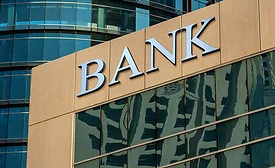Home » Keywords: » Small and mid-sized (SMB) business security
Items Tagged with 'Small and mid-sized (SMB) business security'
ARTICLES
Sign-up to receive top management & result-driven techniques in the industry.
Join over 20,000+ industry leaders who receive our premium content.
SIGN UP TODAY!Copyright ©2025. All Rights Reserved BNP Media.
Design, CMS, Hosting & Web Development :: ePublishing

.webp?height=168&t=1665669714&width=275)







